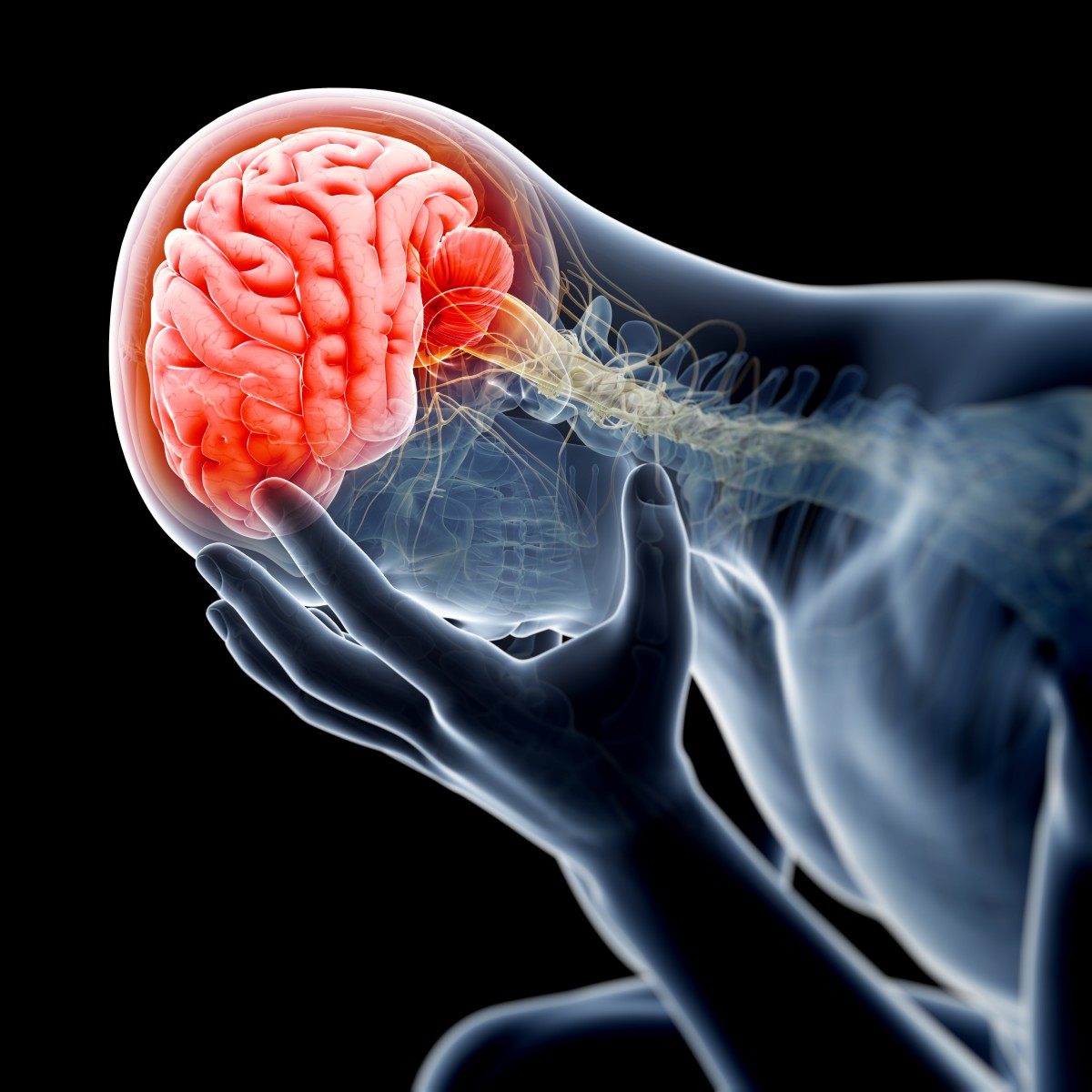Brain Injury and Pupillary Light Reflex

Traumatic brain injuries are usually hard to diagnose, and the symptoms can be challenging to recognize. Therefore, doctors often rely on the patient’s description of their symptoms.
However, since many people with TBI are disoriented or confused, they may not describe what is happening accurately. This can make it hard for doctors to diagnose a traumatic brain injury and even harder to determine what type of treatment is needed.
One of the most fundamental ways doctors can diagnose a traumatic brain injury is via the pupillary response in traumatic brain injury. This test can reveal if there is damage to any parts of the brain that control eye movement or perception.
Using the pupillary light reflex as a diagnostic tool is crucial when the patient has suffered trauma to the head. It can also help determine if there is swelling in the brain, which can occur after any traumatic injury. If a patient develops swelling in their brain, doctors may need to perform surgery to relieve pressure and prevent further damage.
This article will explore how the pupillary light reflex works and its importance in diagnosing brain injury.
What is Pupillary Light Reflex?
The pupillary light reflex is an involuntary response that occurs when a person’s pupils dilate or contract in response to light. This reflex helps control the amount of light that enters the eye, allowing people to see better in brighter environments and adjust to changes in brightness.
The brainstem controls this reaction and is one of several reflexes when the pupils are exposed to light. The light reflex is essential because doctors can use it to test brain function after a head injury, such as a concussion or mild TBI.
How Can Doctors Check the Pupillary Light Reflex?
It’s not enough to know about the pupillary light reflex. Doctors need to know if this reflex is functioning correctly before they can make a diagnosis of brain injury. The most common way to test the reflex is by shining a light in one eye while blocking out all other light sources and watching for eye movement.
While this method can be effective, it’s not always reliable. For example, some people with brain injuries have trouble following the light with their eyes or maintaining eye contact because of confusion or fatigue. In these cases, doctors may use other methods to test the reflex.
Another method of assessing the pupillary light reflex is using the pupilometer. This handheld device uses infrared light to measure pupil size. Doctors can use this tool to ensure that both pupils react equally, indicating no damage to the brain stem or optic nerve.
The pupilometer is not only accurate, but it also makes pupil evaluation easier for patients. It is non-invasive and does not require them to hold still for an extended period.
Can brain injury and pupillary light reflex be related?
The pupillary light reflex is often used to test for brain injury. If a person has suffered from a traumatic brain injury, it can be difficult for doctors to get an accurate picture of how much damage was done. This is mainly because the patients may have difficulty communicating with the doctors. They may also suffer from amnesia or confusion, which makes it difficult to understand what, is happening.
The pupillary light reflex test helps doctors determine whether there has been any damage to a patient’s brain stem or optic nerve. It also gives them insight into how well their visual system is working.
By checking the eyes of their patients with a pupilometer, doctors can see whether the pupils are constricted or dilated in response to the light. In addition, they can check for symmetry between both eyes and determine whether there is any difference in size between them.
How is the pupillary light reflex different in people with brain injuries?
The pupil will constrict in response to light when someone has a healthy brain. However, if there is damage to the brain stem, the pupil may not constrict or do so only partially. This indicates that doctors should look at other aspects of their patient’s eye exams.
For example, they could check for eye movement abnormalities and whether their eyes normally react to moving objects in front of them.
These factors help in a more accurate diagnosis. In cases of severe brain injury, doctors will often use other tests to assess the extent of their patient’s eye problems. These include a neurological exam and imaging scans like an MRI or CT.
